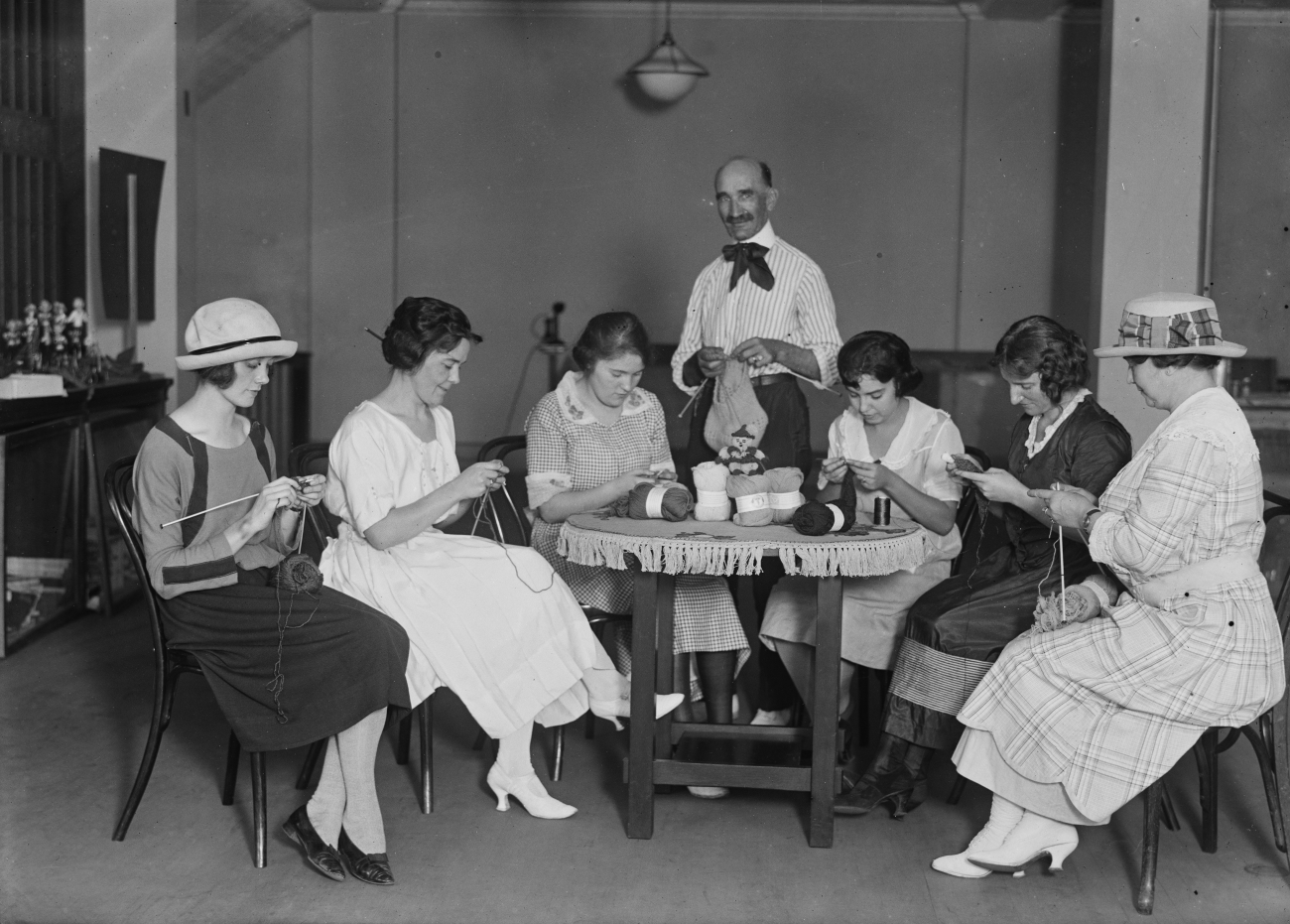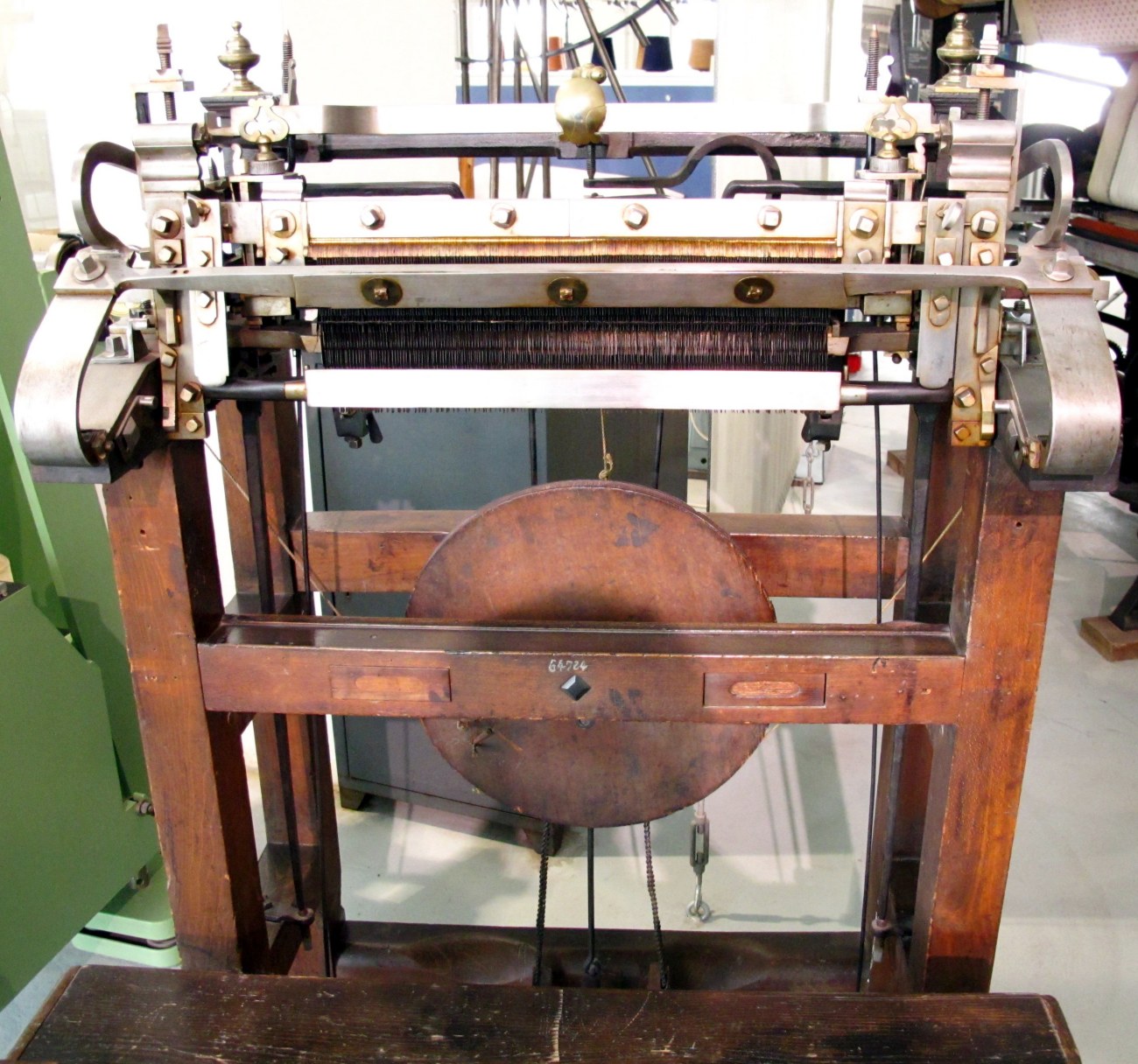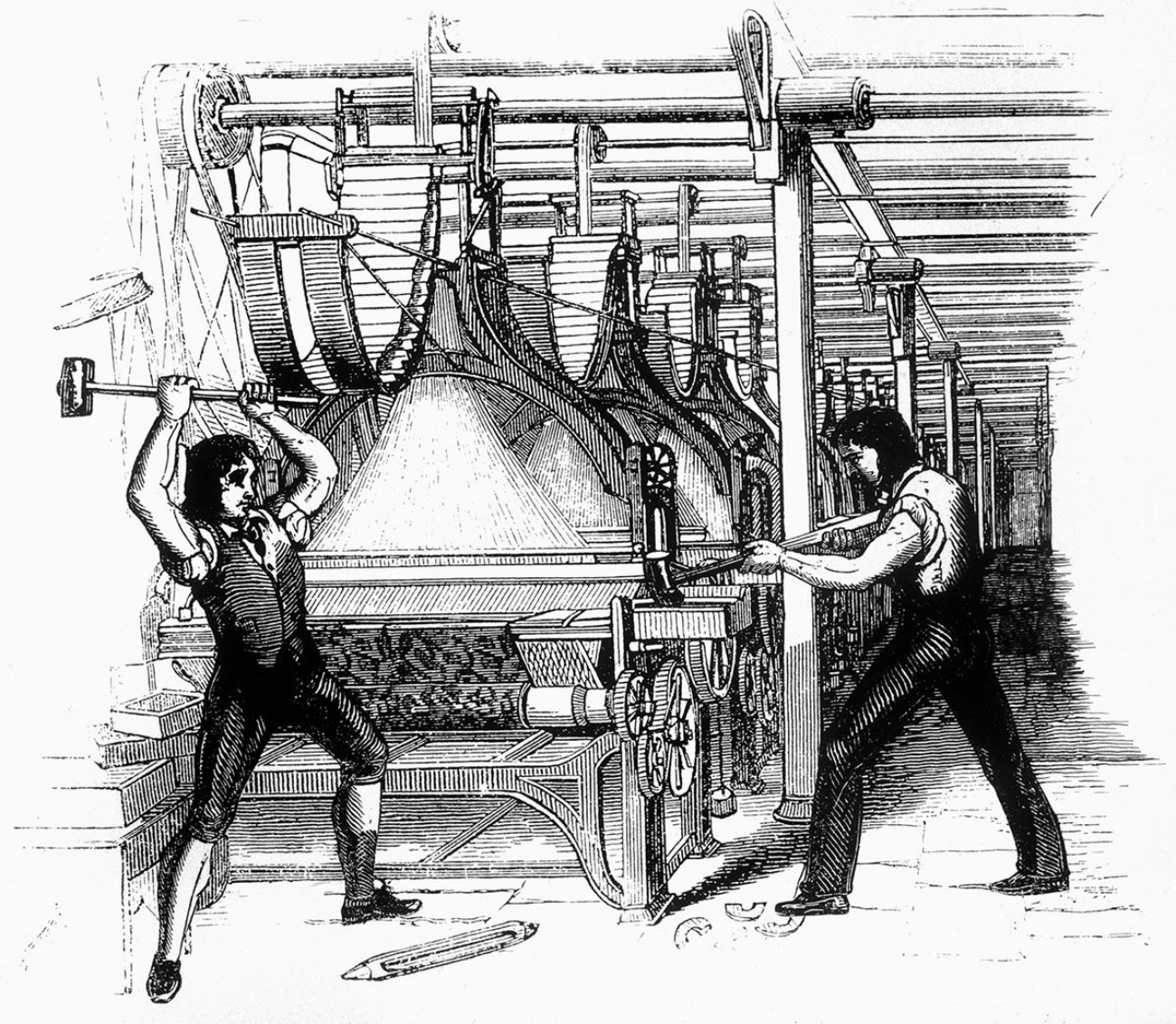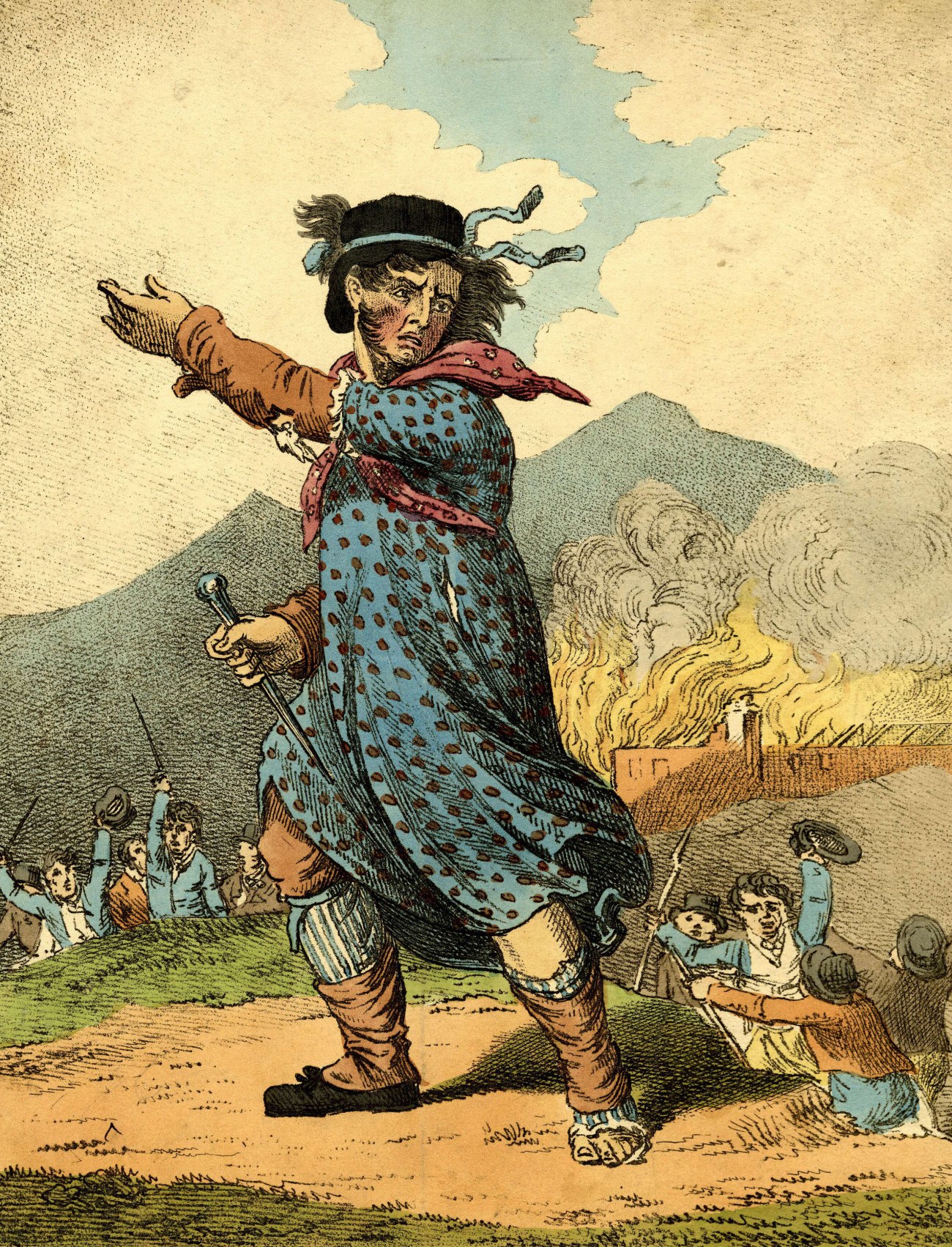The History Behind the Luddite Movement
Their king was Ned Ludd, but we don’t have proof he even existed.
For those of us who love to learn about history, there can be a fine line between discovery and immersion. So many history buffs also love to experience what it was like to use all those antiques and items from long ago. And, for a not-so-insignificant number of us there can be a reluctance to join the modern world in their revelries of technology and convenience. In some cases the fuss of modern equipment seems to outweigh any advantages it can provide us. People who shun modern gadgets they are often called Luddites and this tradition has been going on for quite a while. So who were the first Luddites? And why do we use this term to describe people who prefer the old ways?

The Luddites came to be known in the early 1800s in England following advances in the Industrial Revolution that caused quite the uproar at the time. But, the Luddites weren’t actually all that bothered by machines, just who would run the machines.
Between 1811 and 1816, following widespread inflation and rising food costs caused by the Napoleonic Wars, many workers were also unable to keep gainful employment. In response widespread protests occurred in textile towns in the Midlands and later in Yorkshire where textile manufacturing jobs weren’t as plentiful as in previous eras. Thanks to the fashion for stockings for men fading, as well as the need for lace decreasing, there simply weren’t as many jobs.
More affordable fabric goods were in trend though and this led to many inventions of machines to make these products more easily. The hot new tech of the era included textile printing processes and improvements to stocking-making machines, the latter of which had been around since Elizabeth I was on the throne.

The protesters ended up focusing their frustrations on the textile machinery, smashing the expensive machines with regularity. In some rare cases fabric mills were burned down and in one instance a mill owner was killed.
The angry workers used the namesake of Ned Ludd, a fictional character who had been rumored to be leading the attacks on mills. In reality the first stories of this character stemmed from an unverified incident 2 decades before the protesting began. The legend goes that Ludd was told to make his stitches tighter at his knitting machine and it sent him into a rage against his manager in which he smashed the machine to pieces.

While the man may have been a myth, the cause for gainful employment was founded from a place of poverty, not fear of machinery. In fact the main complaint of the original Luddites was not that knitting and weaving machines existed, but that they should be operated by tradesmen well-trained on how to use them. Their concern was the industry should grow with the employees- rather than leave them behind and skirt labor customs of the day by hiring unskilled workers to mindlessly run the machines.
The protests caused such a panic that in 1812 the Frame-breaking Act was passed which made breaking stocking and lace-making machines a capital offense and thereby punishable by death. Critics of the new law claimed that it put the price of a human life as less than the value of a stocking machine. But, the protests did not stop the march of progress nor the undeniable profits that came from mechanization- something which has only increased since the Luddites took hammers to their machinery.

The rebellion was squelched after a group of 16 men broke nearly all the machines in a lacemaking factory. They were caught and 8 of them were publicly executed, while 2 of them were transported to Australia.
The Luddites never achieved any of their demands and perhaps that’s the most striking resemblance to the common use of the term these days- meaning someone who rails against technology to no real end. Even so there’s nary a more succinct way to describe someone who resists being dragged into a new world of tech unwillingly- a feat that grows more difficult by the year.
SKM: below-content placeholderWhizzco for DOT

